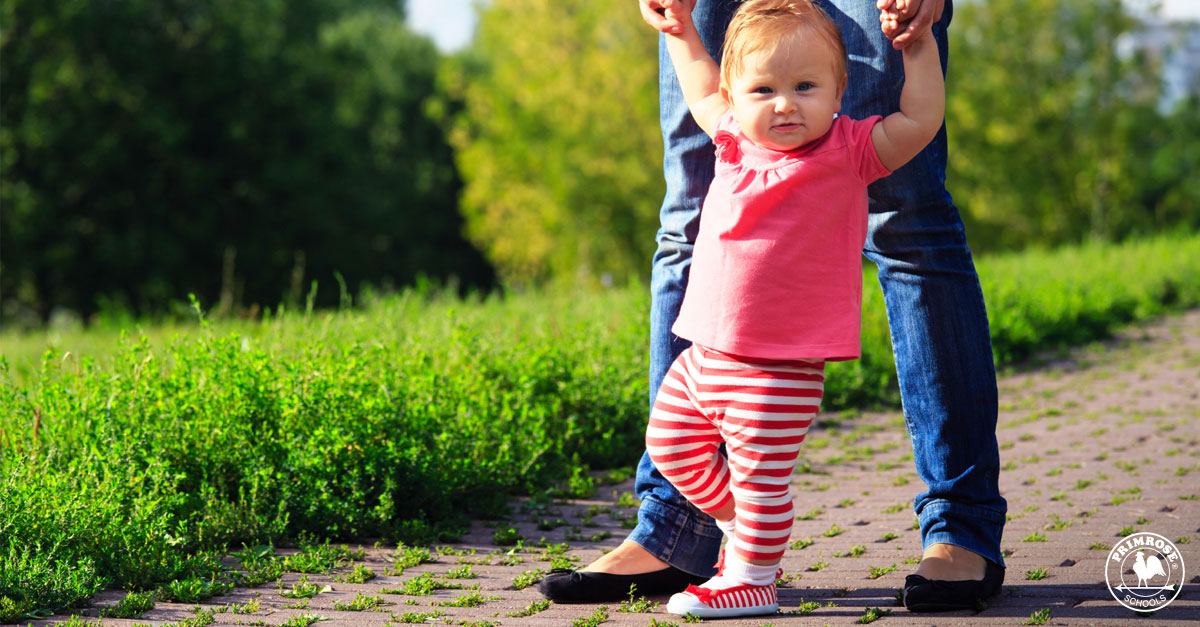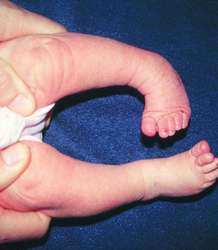

The intrinsic muscles are also responsible for your ankle stability. Whilst the big extrinsic muscles of your foot can compensate for the movement part of your foot, they are lousy at controlling the small intricate movements of your feet, such as shock absorption. If you are anything like me, I whine and complain when I feel I have to do more work than I should. This means the extrinsic muscles of the foot (muscles the originate outside the foot but insert into the foot bones), like the Tibialis Anterior, Tibialis Posterior, Flexor Hallucis Longus & Flexor Digitorum Longus, all have to work harder all day. This becomes an issue as your brain receives less neural feedback from your feet, leading to balance and joint proprioception (think joint positioning, kind of like satellite navigation for your car but in your brain). They go on holiday and start sipping coronas on a beach in Mexico. These muscles also don’t have to work as hard as more of the foot is now resting on the ground. This puts these muscles into a lengthened position. When your foot is rotated out, the arch is stretched and flattened. We call these the intrinsic muscles of the feet (they have their origins and insertions inside the foot). Several muscles also work to help support the arch of the foot. It works as an elastic band to keep us moving forward when walking or running. The Plantar Fascia is a band of connective tissue which helps form the arch of the foot.

When your foot is flat, your Plantar Fascia is under constant stretch (think heel pain in the morning). It stores energy from your foot coming in contact (stored energy) with the ground and translates it into kinetic energy (movement). The arch of the foot is designed to provide shock absorption when walking, running and jumping. Duck Feet: Your Ankles and Feet Reduced Shock Absorption Now it’s time to dig a little deeper into the specific areas it affects. This should give you an appreciation for how much extra effort is for you to walk around and sit with your feet out all day. This has a flow-on effect of an anteriorly (forwards) rotated hip and increased curve/stress on your lower back. Then to keep your thigh bone out, you end up recruiting your deep hip externally rotators ( check out our previous blog for the hip muscles and their function) instead of your gluteal muscles (one of the reasons you need to do so much glute activation). To counteract this, the Femur (thigh bone) externally (outwardly) rotates. If your shin keeps rotating in, your leg will want to collapse. Run your finger up the inside of your shin. This means your shin bone (Tibia & Fibula) will internally (inwardly) rotate, which can lead to overuse injuries of the muscle around your shin.

When you walk, run, jump or squat, your body has to work harder to stop the arches of your foot from collapsing. The more your foot turns out, the flatter your foot will become. Turning a foot out causes the arch to collapse (pronate). You’ll get pretty crappy mileage, and the ride will not be smooth or comfortable. Having duck feet is a bit like driving a car around flat tires and your wheels out of alignment. But just because everyone is doing it, it means that it is normal. Next time you are in a busy place like the shops or on a busy street, look down at a few people’s feet. Look at how many other people walk with the feet pointing out” (it is actually scary how common this is becoming). You may not consider your duck feet a problem. Eventually, if you put too much stress on them, the dam wall will break, and pain will come flooding in. Every time you change your biomechanics (the way to move), it puts extra stress on surrounding tissues. You see, the body is an amazing compensation machine.

If none of the above pains has crept up on you, it increases your risk of pain in the future. It can mean you are leaving a lot in the tank at the gym or in your chosen sport. Whilst having duck feet probably won’t kill you. If you have had it some time, it could be causing what is causing that pain in your foot, knee, hip, or lower back. Do your feet point straight ahead, or do they point out? If your feet point out, this is what is commonly called being duck-footed.ĭepending on how low you have been standing and walking around like this, you may not notice any issues with it. The Problem With Your Duck Feet Do You Have Duck Feet?


 0 kommentar(er)
0 kommentar(er)
